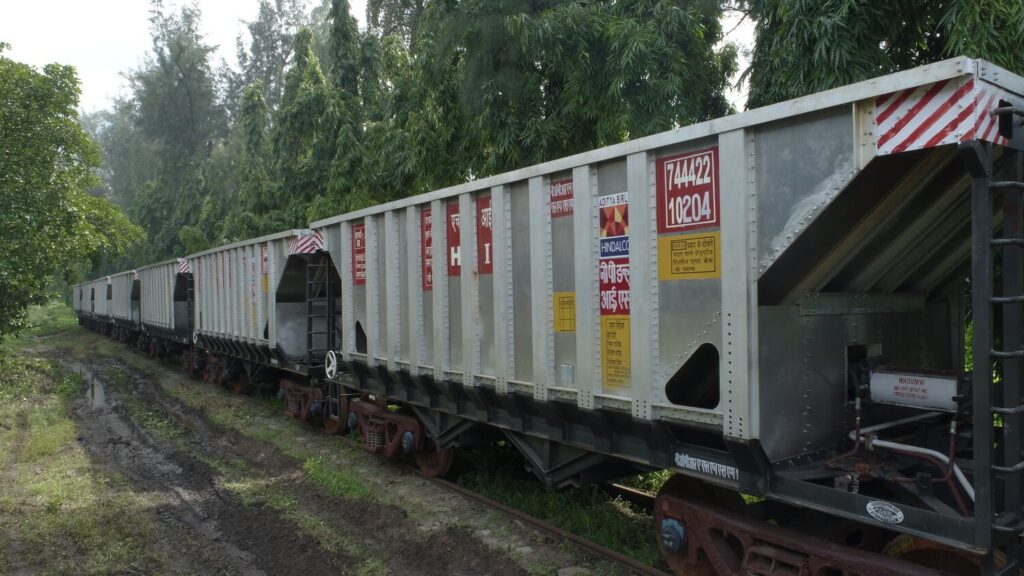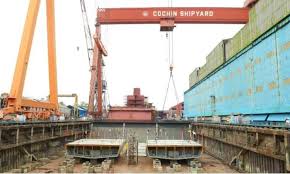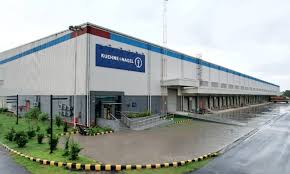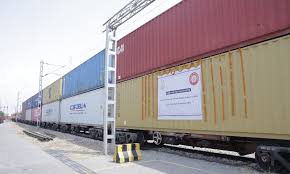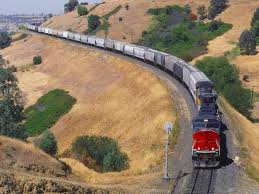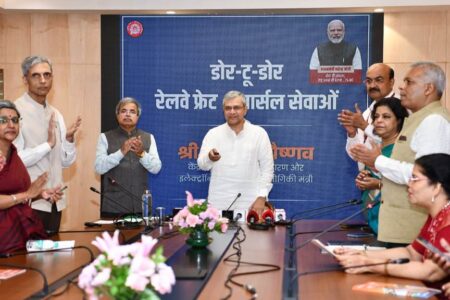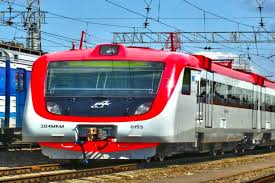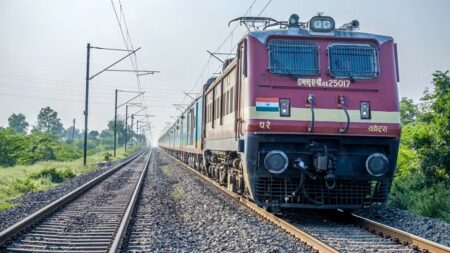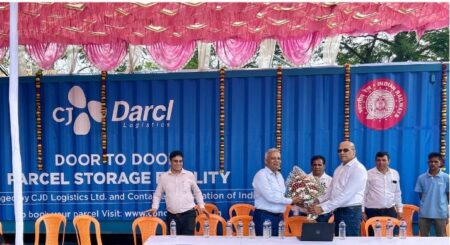Hindalco Industries and Texmaco Rail & Engineering have entered into a strategic alliance to develop and manufacture world-class aluminium rail wagons and coaches that will help Indian railways achieve its emission goals and bolster operating efficiency.
Indian railways has launched “Mission 3000 MT” with a target of doubling freight capacity to reach 3,000 million tons by 2027 through augmentation of rolling stock, with the objective of achieving 45 percent market share in freight. To meet this ambitious target, the railways is actively seeking to improve wagon design, and inviting wagon manufacturers to contribute their own designs to enhance overall capacity and the life of railway assets.
Recognizing these developments in the Railways, Hindalco and Texmaco have joined hands to explore opportunities, where Hindalco will provide profiles, sheets and plates of its unique aluminium alloys, along with fabrication and welding expertise. The company’s in-house aluminium freight rake launched last year is 180 tons lighter and offers 19 percent higher payload to tare weight ratio, consumes less energy with relatively negligible wear and tear.
Texmaco, being an expert in manufacturing freight cars for 80 years, will bring in technical expertise and be responsible for design, setting up the factory, production line and providing skilled workers.
Commenting on the partnership, Satish Pai, Managing Director, Hindalco Industries, said, “With launch of India’s first aluminium rake, we have demonstrated the benefits of higher payload and significant CO2 reduction that aluminium rakes offer. This partnership will further strengthen our role in enhancing the value proposition for the freight industry as well as for passenger mobility, while helping the Railways achieve its net zero objectives.”
Indrajit Mookerjee, Vice Chairman, Texmaco Rail & Engineering stated, “This valuable partnership will go a long way in creating innovative and sustainable products further reinforcing our commitment towards reducing the industry’s carbon footprint and driving a positive environmental impact.”
